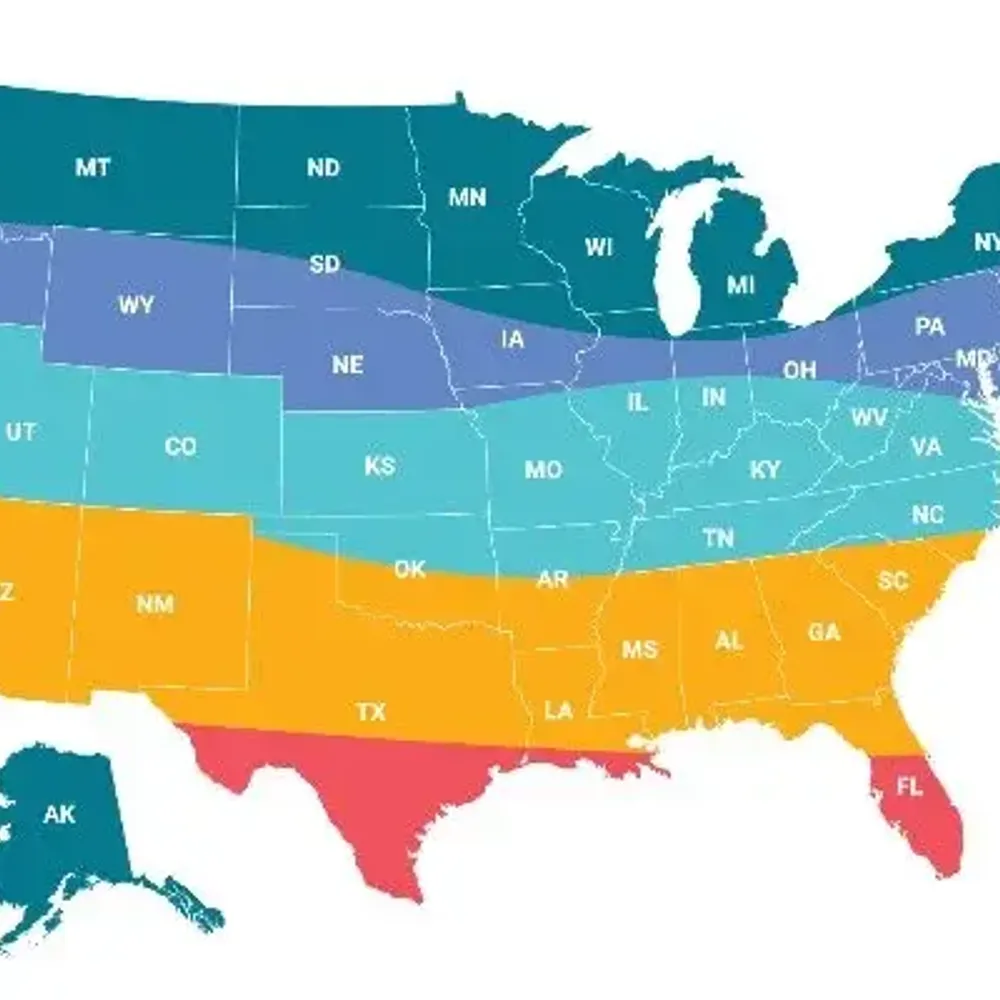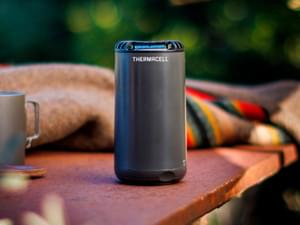-

Thermacell® Introduces the E65 Rechargeable Mosquito Repeller + Fast Charging Dock to Extend Your Time Outdoors
Mar 18, 2025 -

Thermacell® and Kennebunkport Resort Collection Partner to Provide Mosquito-Protected Hotel Stays
Aug 5, 2024 -

Effective Mosquito Control Strategies to Fight the Bite This Summer
Aug 5, 2024

Depending on where you live, it might seem that mosquito season lasts all year. In some states, that may be true. But no matter where you live, mosquitoes are a nuisance. The best way to avoid these pests and their itchy bites is to know when they are most active so you can protect yourself.
THE RIGHT CONDITIONS
Mosquitoes thrive only under certain conditions, and those conditions determine when they are active and when they are not. Normally, mosquitoes become active when temperatures are above 50 degrees Fahrenheit. However, they need temperatures above 70 degrees Celsius to really thrive.
Mosquitoes also prefer moist, wet environments. These are ideal breeding conditions, and warm areas with heavy rainfall may experience increased mosquito population and activity.
GOLF COAST, FLORIDA AND HAWAII - Mosquito season: February - November
Not surprisingly, the warm, humid and wet climate in this region means a long mosquito season. In addition to Florida and Hawaii, this region also includes Louisiana, Mississippi and Alabama.
SOUTH AND SOUTHWEST - Mosquito season: March – September
Warm temperatures in this region mean mosquito season starts early. For residents of Southern California, Arizona, New Mexico, North Texas, Louisiana, Mississippi, Alabama, Georgia, Tennessee, South Carolina and parts of coastal North Carolina, mosquito season lasts most of the year.
CENTRAL ATLANTIC, MIDWEST AND WEST - Mosquito season: April – September
These regions, which encompass most of the United States, tend to have milder (even cool or cold) temperatures that are not as conducive to mosquito activity. States in these areas include California, Nevada, Utah, Colorado, Nebraska, Kansas, Missouri, Kentucky, Illinois, Ohio, West Virginia, Virginia, Maryland, and Pennsylvania.
NEW ENGLAND, NORTHERN MIDWEST AND PACFIC NORTHWEST - Mosquito season: May – September
Cooler temperatures in these regions mean they have the shortest mosquito season in the country. These states include Washington, Montana, North Dakota, South Dakota, Minnesota, Wisconsin, Michigan, New York, Massachusetts, Vermont, New Hampshire and Maine.
According to the American Mosquito Control Association, West Virginia has the fewest mosquito species (26), while Texas has the most (85).
HOW TO PREPARE
If you live in one of the areas where mosquito season is particularly long, there are some steps you can take to prepare:
- Eliminate standing water – Mosquitoes breed in and near standing water. So make sure water doesn’t accumulate in bird feeders, pet bowls or other containers.
- Keep drains and gutters clear – Gutters filled with leaves and debris are also potential breeding grounds for mosquitoes. Even a small amount of water can be enough to lay eggs.
- Maintain your yard and pool – Debris that accumulates in your yard can also lead to unwanted puddles and mosquitoes. Collect leaves, twigs and other items. If you have a pond, install a device to keep the water moving to prevent eggs from hatching successfully. Also, if you have a pond, keep it well maintained.
- Try to avoid being outside during peak mosquito season – mosquitoes tend to be most active at dawn and dusk, although exact times can vary by species. Minimize the risk of being bitten by wearing long sleeves and pants when outdoors during these times.
Create a Mosquito Free Zone — Wherever You Are
There’s no need to worry about who gets bitten more when you’re all hanging out in a mosquito-free zone. Stay protected and take along your trusty Thermacell rechargeable mosquito repeller for your next outdoor picnic, workout, fishing trip, or any other moment that inspires you.
Categories: Questions & Answers
Related Posts

Buzzing Threats: The Impending Peril of Mosquitoes in North America's 2024 Season

Why do mosquito bites cause different reactions?

